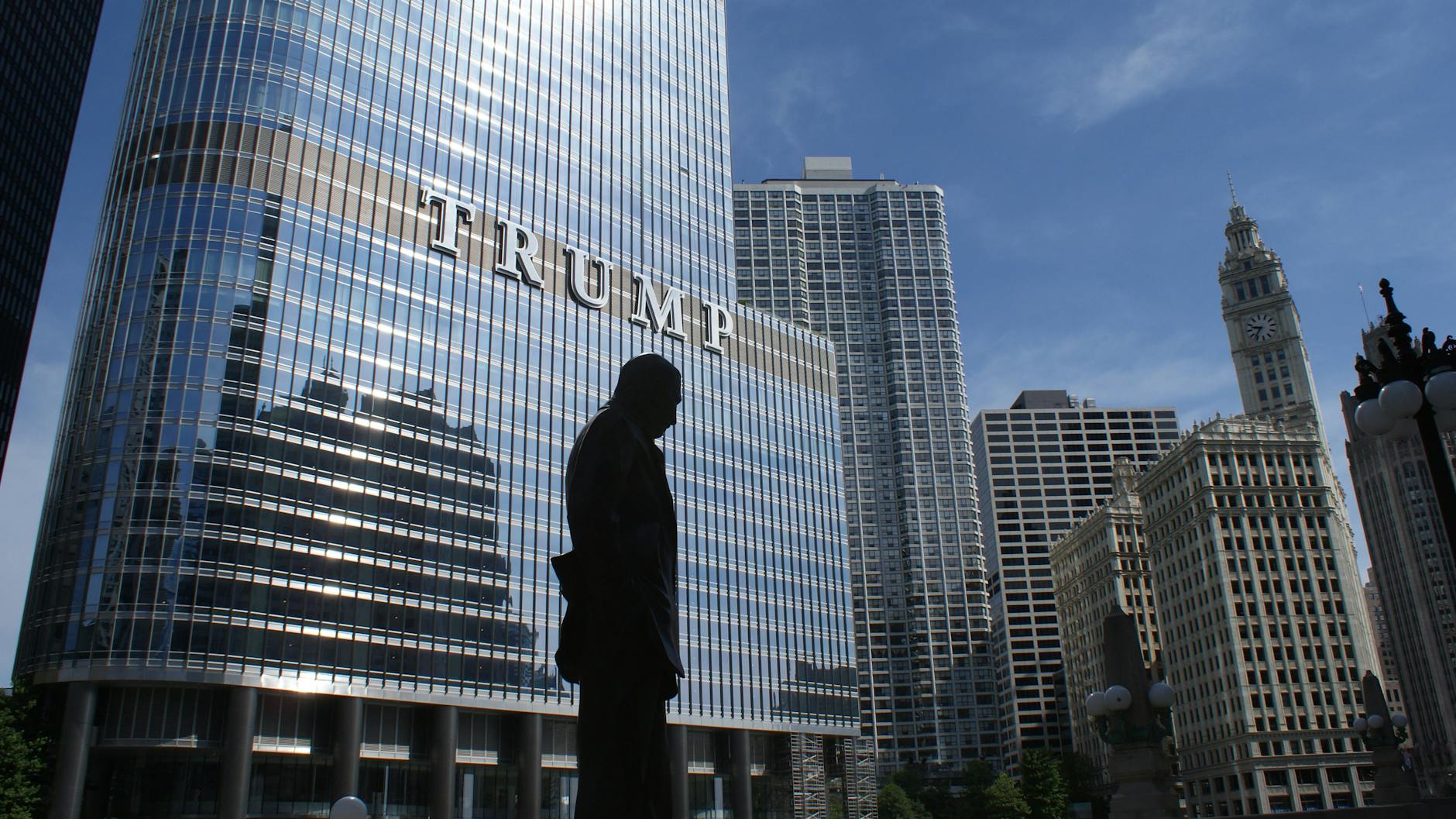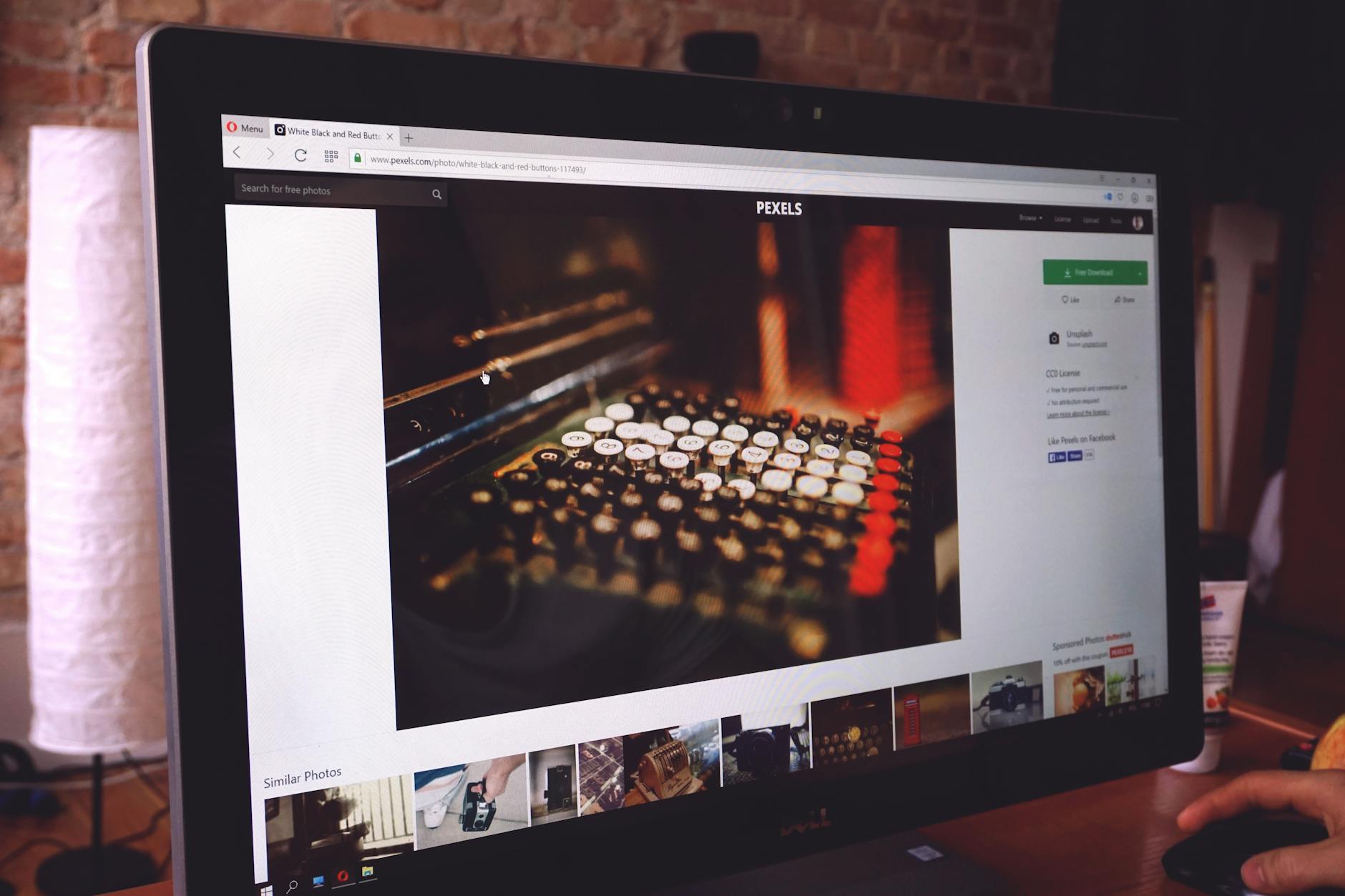How to Revolutionize Hotel Operations Safety in New Zealand

Analyze Current Safety Protocols
Identify Existing Policies
In the hospitality industry, particularly within the vibrant precincts of Auckland's Viaduct Harbour, understanding your property's existing safety policies is critical. For an effective assessment, start by reviewing each policy's objectives, scope, and compliance standards. Ensure that your documentation is up-to-date, aligning with local regulations and best practices, which are often addressed by comprehensive health and safety software. These tools can also provide valuable insights into potential gaps and inefficiencies.
Evaluate Safety Effectiveness
Once you've identified the existing policies, it’s crucial to evaluate their effectiveness. This involves analyzing incident reports, safety audits, and employee feedback. Consider leveraging work safety software to streamline data collection and interpretation, allowing you to pinpoint trends and problem areas. This data-centric approach not only highlights successes but also uncovers opportunities for improvement.
Explore Staff Training Methods
Staff training is another critical component of effective safety management. Conduct regular sessions to keep your teams informed about best practices and new procedures. Virtual and interactive training platforms can enhance engagement and retention by offering dynamic learning experiences. Just as the scenic views from Mount Eden offer a new perspective, innovative training tools can offer fresh insights into safety practices, ensuring your team is prepared for any challenge. Effective training aligns with the overarching goal of creating a safety-first culture that benefits both staff and guests.
Leverage Technology Innovations
In the bustling hospitality industry of Auckland, particularly around Viaduct Harbour, embracing technology is pivotal for enhancing safety protocols. Integrating modern solutions can significantly improve operations and ensure a safer environment for both employees and guests safety management software. This section will discuss practical technology innovations that you can consider implementing in your hotel management processes.
Implement IoT Solutions
Internet of Things (IoT) devices are game-changers, enabling real-time monitoring and data collection. Consider smart sensors that detect anomalies in hotel environments. For example, smoke detectors and carbon monoxide alarms can promptly alert management to any issues, ensuring a swift response. These devices streamline safety protocols, facilitating proactive measures before issues escalate.
Enhance Surveillance Systems
Robust surveillance systems are essential for maintaining a secure environment. Upgrading to high-definition cameras with night vision and motion detection capabilities can greatly sharpen your hotel’s security posture. With features like remote access, you can monitor activities even when off-site. This enhancement provides an added layer of protection and serves as a deterrent to potential threats.
Use AI for Predictive Safety
Artificial Intelligence (AI) can revolutionise incident reporting by employing predictive analytics to foresee potential safety threats. Integrating AI into your incident reporting software can help identify patterns and suggest preventative measures. This technology assists in managing incidents more efficiently, saving valuable time and resources.
By embracing these technological advancements, your establishment can maintain a secure environment, ensuring peace of mind for employees and guests alike as they enjoy the vibrant eateries on Ponsonby Road.
Foster a Safety Culture
Engage Employees Actively
Creating a robust safety culture in the hospitality industry involves engaging employees actively. It starts with clearly defining roles and safety expectations. Not only does this ensure accountability, but it also empowers your team to be proactive. Encourage team members to participate in safety discussions, emphasising the importance of fostering an environment where everyone feels safe. In Auckland, drawing parallels with the collective efforts seen at Viaduct Harbour to maintain a vibrant yet secure environment can serve as an effective model.
Organize Regular Safety Drills
Regular safety drills are crucial for ensuring preparedness. They help highlight potential areas for improvement in real-time, fostering a sense of teamwork and camaraderie. Establish a schedule for routine drills, including fire and evacuation drills, and ensure these are taken seriously. Leveraging incident management software can streamline this process by tracking compliance and identifying trends or recurrent issues that need addressing. The key is consistency and ensuring that lessons learned from each drill are communicated and built into future training sessions.
Encourage Safety Feedback Loops
Encouraging safety feedback loops gives employees the platform to share insights and concerns. Implementing a system for receiving and addressing feedback, ideally through digital means like contractor management software, can enhance communication and instil a sense of ownership among staff. Regularly review this feedback to make meaningful adjustments to safety protocols, enhancing both safety and morale. By cultivating an open dialogue, you can ensure that your safety strategies remain relevant and effective.
Develop Customized Safety Plans
Tailor Plans for Hotel Types
In the hospitality industry, understanding the unique needs of various hotel types is crucial for crafting effective safety plans. Boutique hotels along Auckland’s vibrant Ponsonby Road, for instance, may prioritize personalized safety experiences that align with their distinct brand. Larger chains might focus instead on integrating safety software tailored for managing high guest volumes. As you draft plans, consider the nuances of each hotel's structure and clientele to ensure safety strategies are both comprehensive and bespoke.
Address Specific Regional Risks
Auckland's diverse geography demands attention to regional-specific risks. Properties near Viaduct Harbour face potential flood risks and might benefit from health and safety software nz that facilitates quick communication and action plans. On the flip side, hotels situated in areas with high pedestrian traffic, like Mount Eden, should incorporate measures to handle large crowds during events. Keep local risks in mind while customising safety protocols for different regions.
Incorporate Guest Safety Measures
The guest experience is paramount, yet safety should not take a back seat. Implementing discreet yet effective safety measures can enhance guest confidence. Consider tactics such as ensuring easy access to emergency information, employing staff trained in first aid, and using technology to provide real-time safety updates directly to guests’ mobile devices. By doing so, guests can enjoy a secure stay, knowing their safety is a priority.
Eliminating Common Safety Oversights in Hospitality
Value Staff Contributions
Recognising the vital role that staff play in the safety of your establishment is crucial. Often, in the hustle of day-to-day operations on a bustling spot like Ponsonby Road, valuable insights from team members may be overlooked. Incident reporting software can bridge this gap, enabling staff to easily report potential hazards. By actively soliciting feedback and creating channels for bottom-up communication, we can harness these insights to foster a supportive safety culture.
Integrate Technology Seamlessly
Neglecting to integrate emerging technologies into safety protocols can be a costly oversight. In Auckland, where hotels and eateries overlook stunning vistas like those from Mount Eden, ensuring seamless tech integration is paramount. By leveraging safety management software solution, facilities can enhance incident response times and streamline communication across departments. The implementation of predictive analytics powered by AI not only identifies potential risks but also prioritises preventive measures efficiently.
Update Policies Regularly
Regular policy updates are essential to adapt to changing safety demands, especially in dynamic environments such as the Viaduct Harbour. Failing to update can lead to outdated practices that increase vulnerability to risks. Conducting periodic reviews of safety plans, inclusive of bespoke measures for guest safety and regional risks, ensures compliance with current standards and maximises protection efforts. By staying proactive, hospitality leaders can effectively shield their entities from potential disruptions and cultivate a resilient environment.


